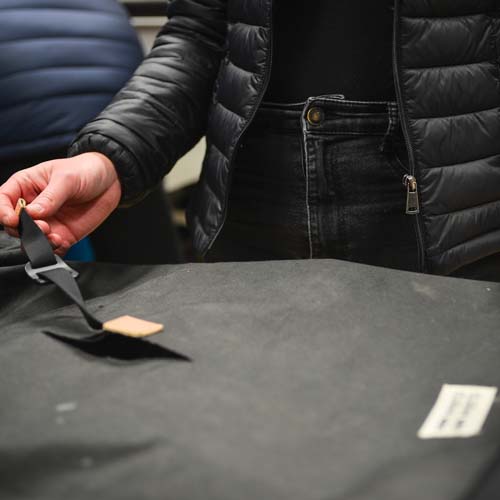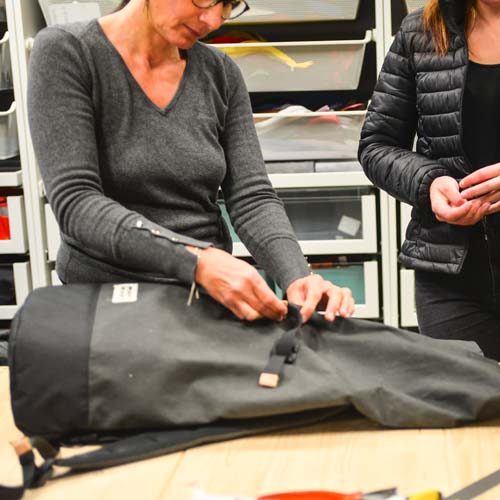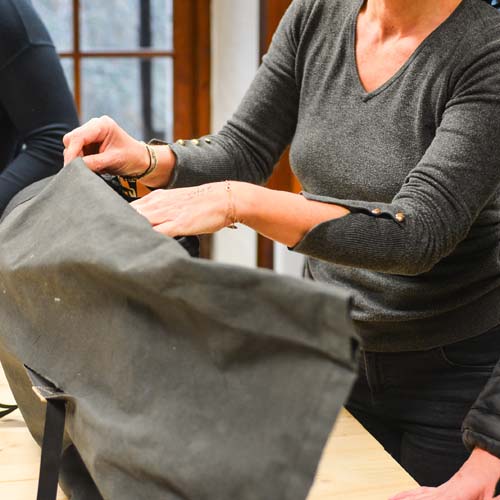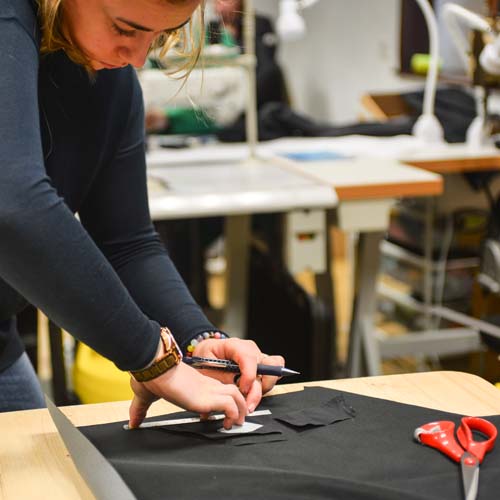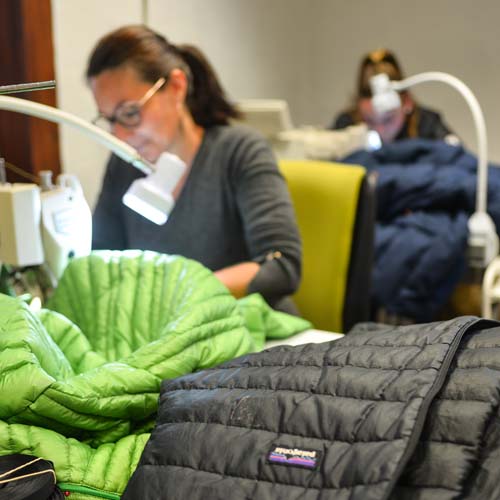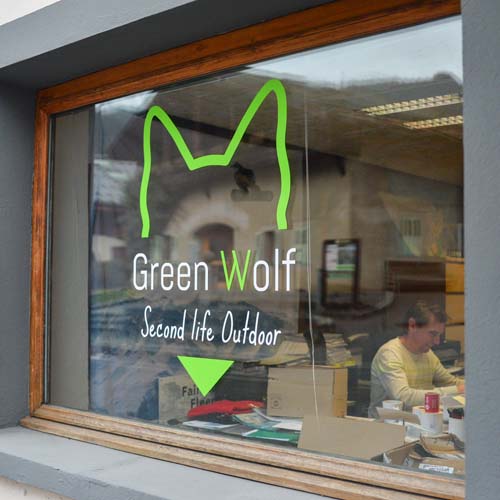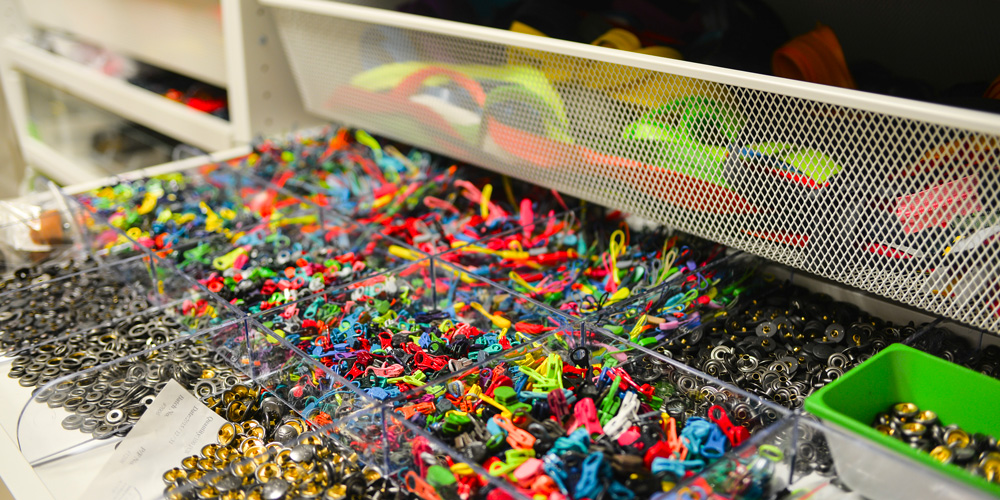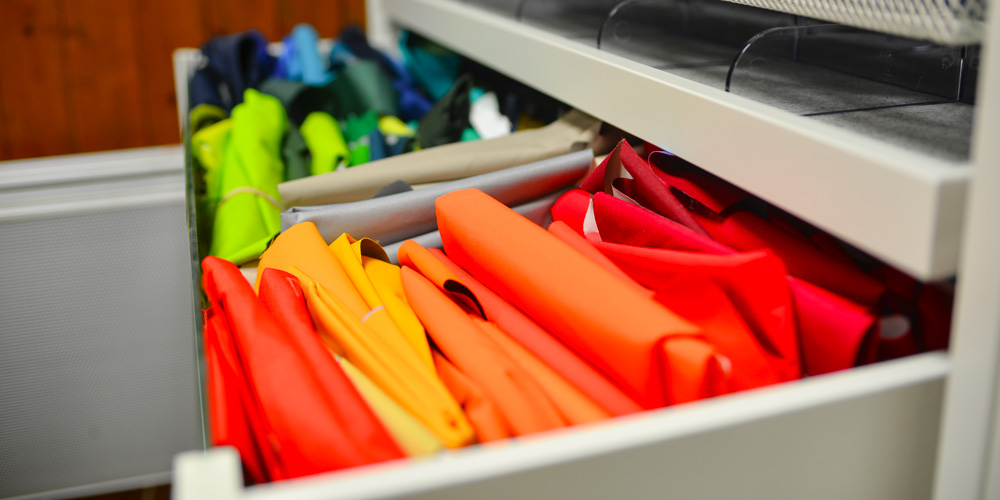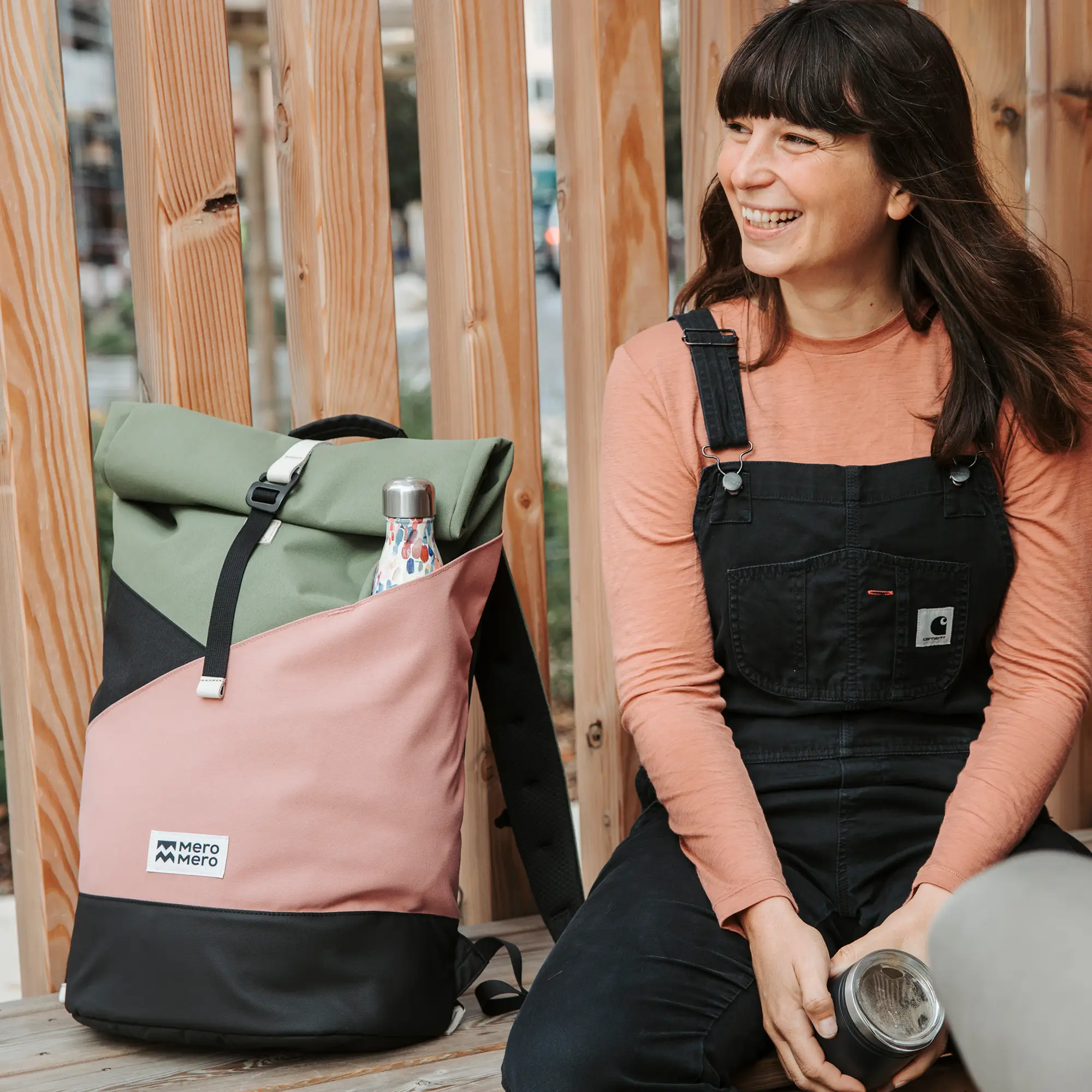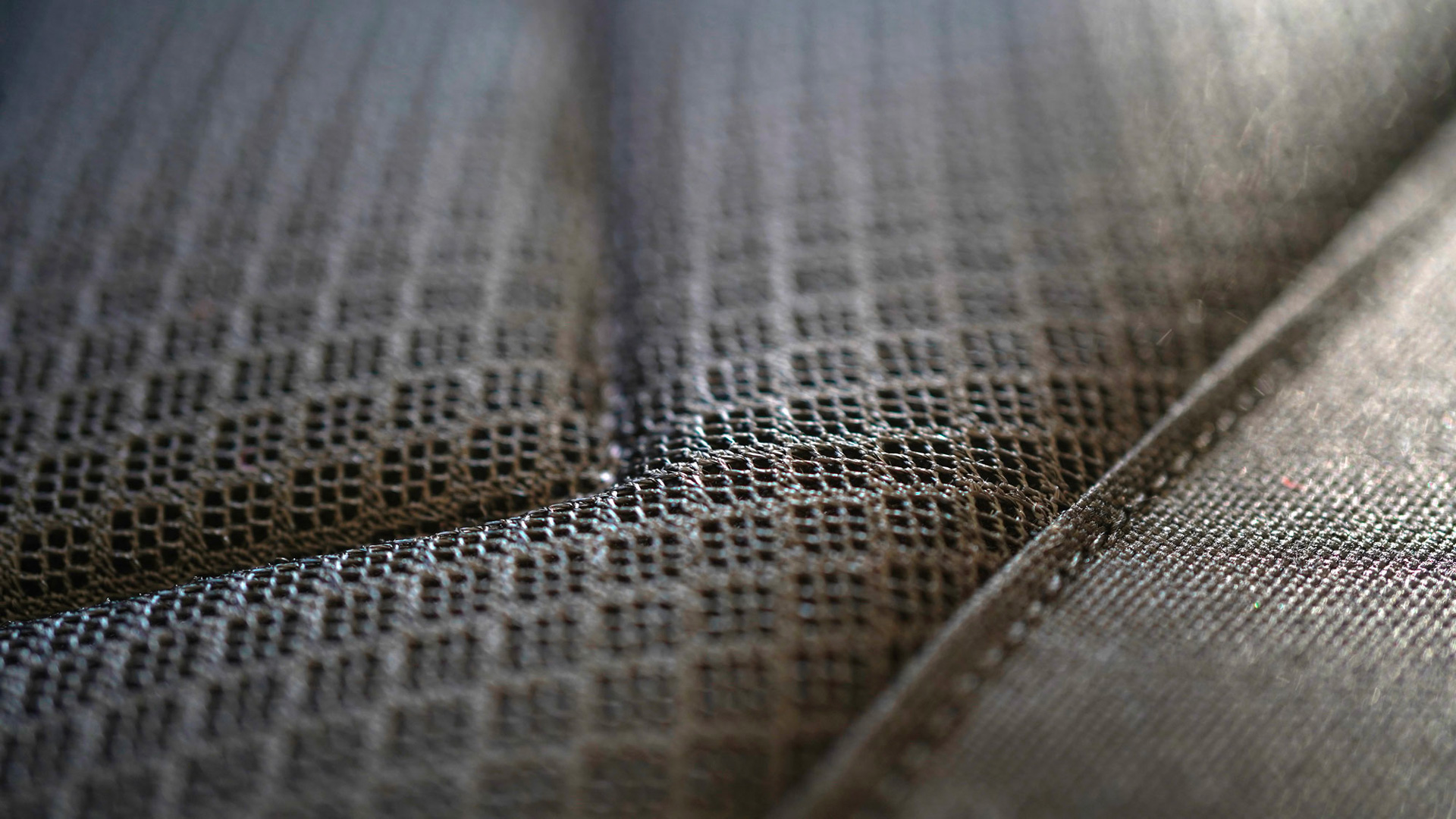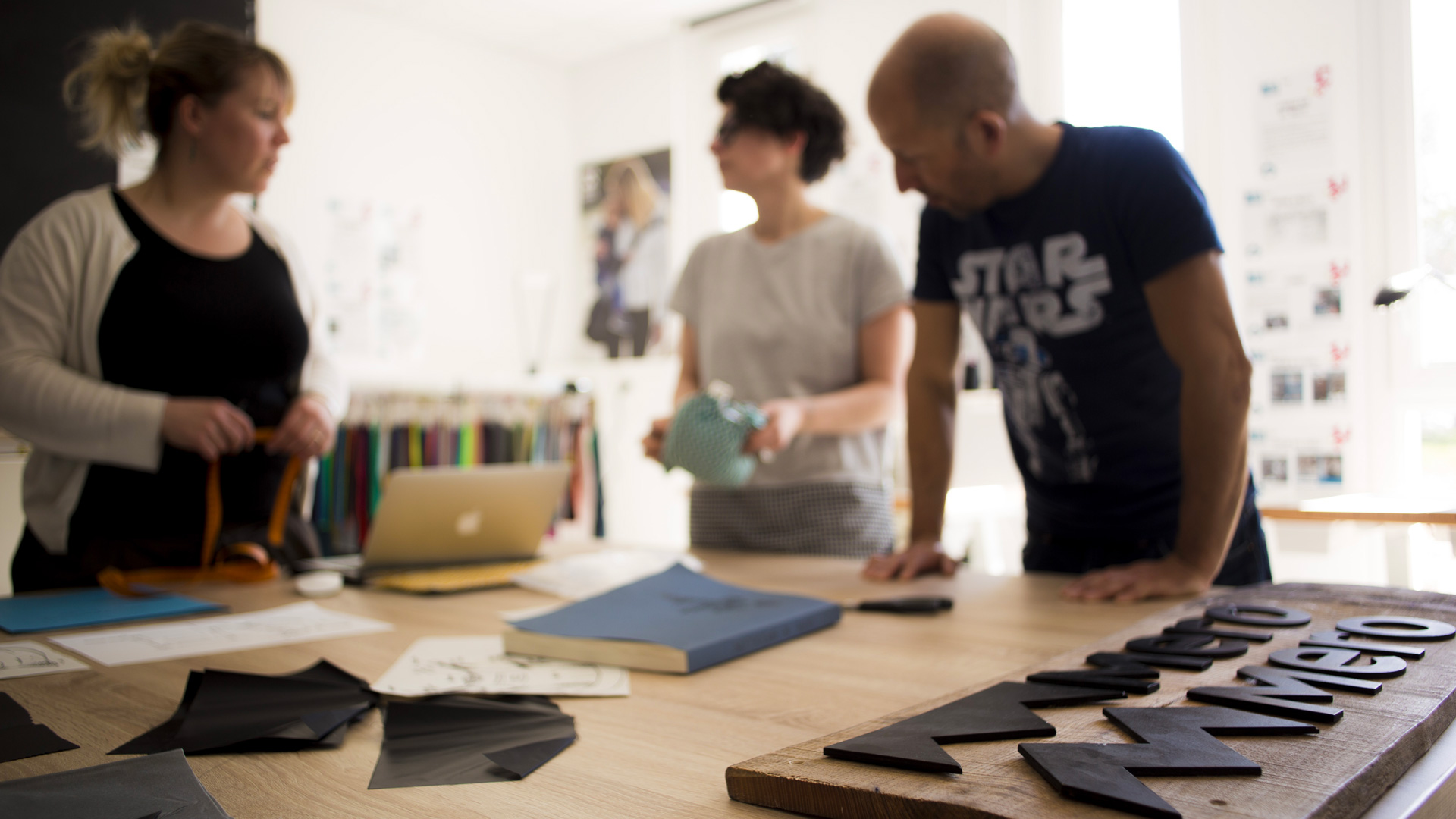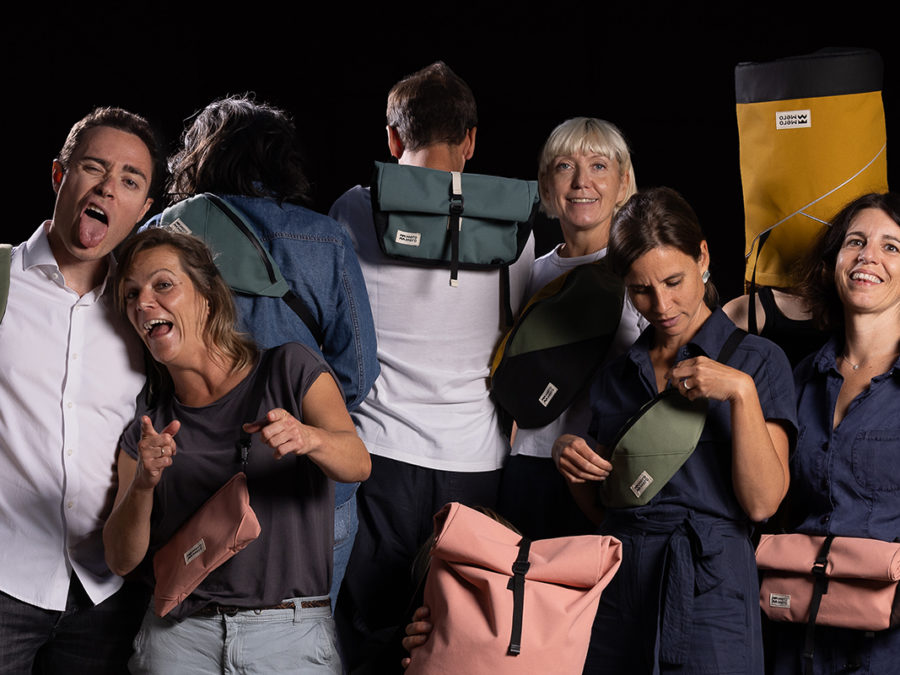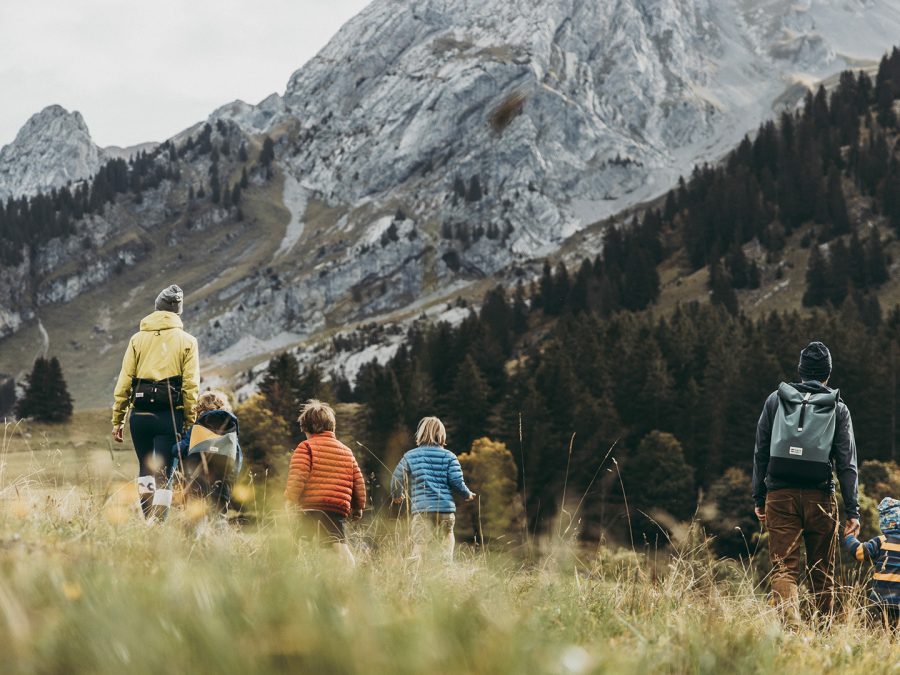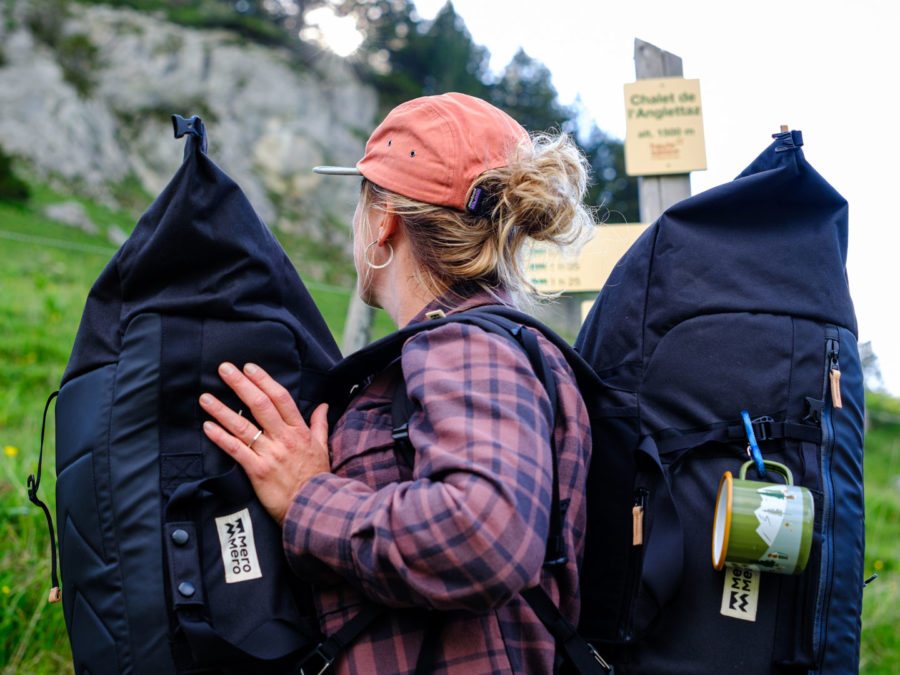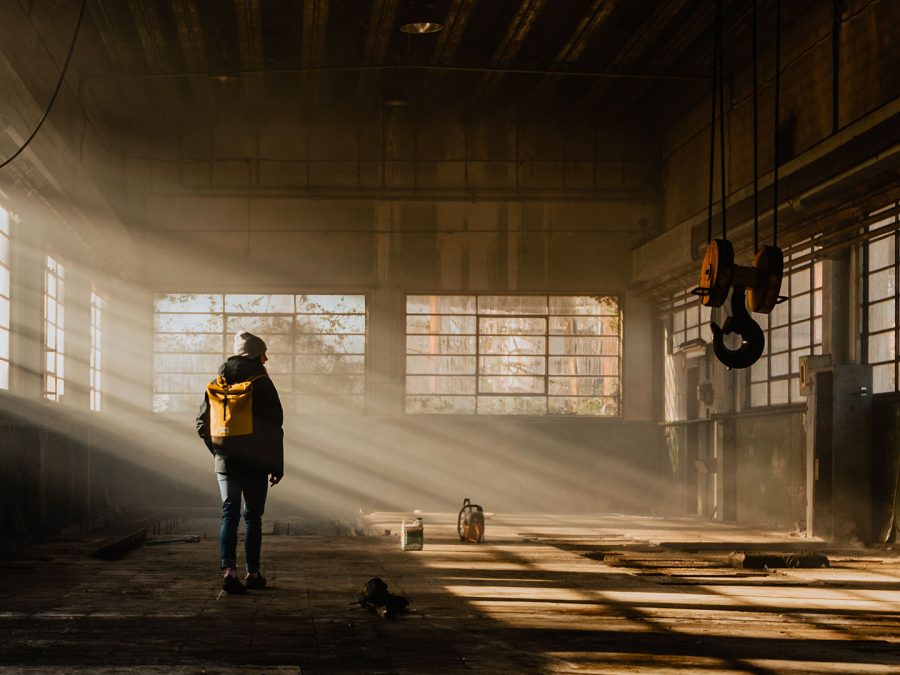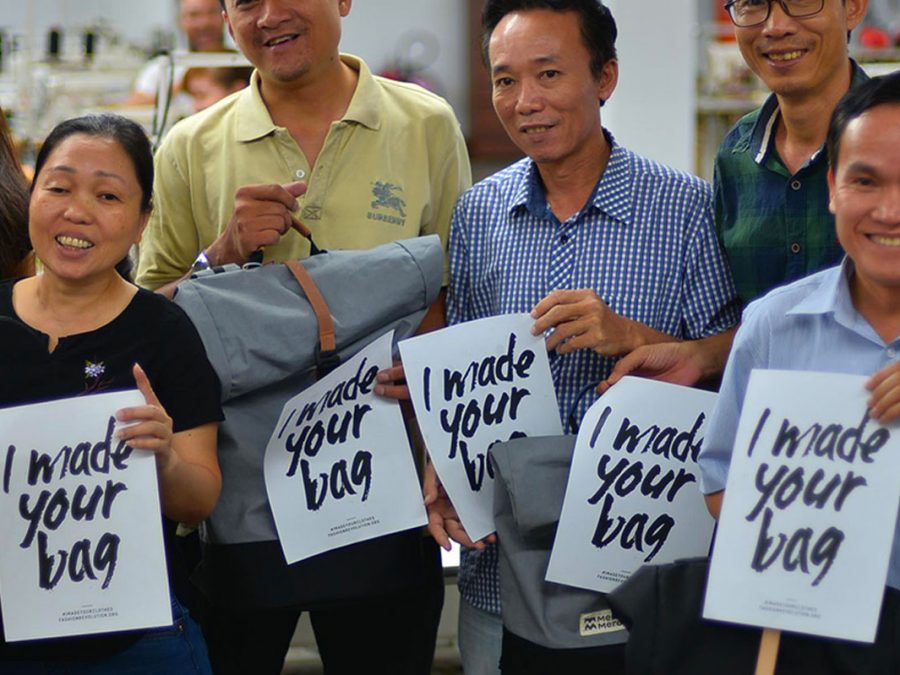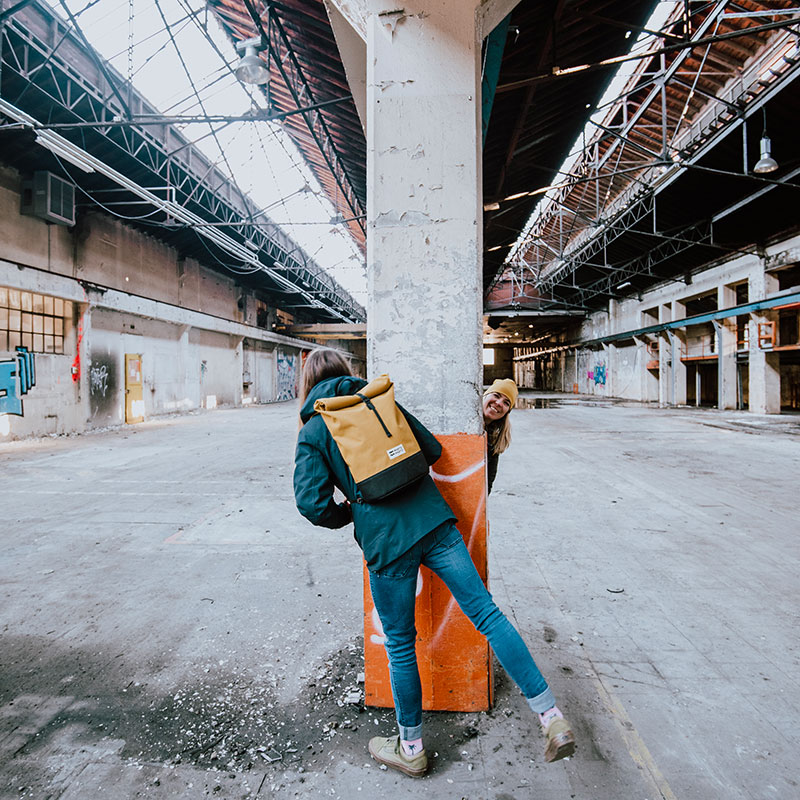Planned obsolescence, an ecological disaster.
There was a time not so long ago when everything was fixed: socks with holes, irons and even glasses. But globalization, the discovery of polymers (especially plastic) and the modernization of lifestyles have given way to the concept of “disposable”. Some even said to themselves “That’s cool, we’re even going to do everything to make it last as short as possible, like that guys, they’ll have to buy more often! Isn’t that great? ”… (It probably happened like that at some point in a meeting room of a refrigerator or pantyhose manufacturer). In a nutshell, we even succeeded in taking it one step further with planned obsolescence.
Today, most of us realize that we may have gone too far… And after having thrown a lot (too much, but really too much) we discover that maybe it was not such a good idea. That turtles confuse plastic bags with jellyfish, that pieces of toothbrush are found in the fish that we were about to eat… and that part of our waste now formed a “7th continent”. Finally, if all the pollution was still visible … We let you look at the site of the association “Expedition 7th Continent” on the subject.
Now that we are buried in plastic, we are actively looking for solutions to limit the damage already done. Recycling is a viable solution moving forward, and we are still far capitalizing on the realm of possibilities that it offers. However, a solution from the not-so-distant past proves just as effective, or at least an integral part of the quiver: repairs.
Repair to last.
To avoid unnecessary waste, you need products that last. For a product to be used as long as possible, you need to be able to repair it, patch it up, sew it up, and in general take care of it. As we explained in ourarticle on eco-design, repairs need to be factored into the design of the product fro the very start. The idea is to make repairs easy for those who will be doing the repairing and extend the life of the product.
So it is not “great” to offer a repair service for a backpack, it is just normal. We call it “after sales service”. Because even if we do our best to create and market quality products (therefore supposed to last over time), we are not immune to a design problem, production or a loop less solid than expected (we know what we’re talking about). We are responsible for the product we sell and that is why there is a legal warranty period extended to 2 years. Period during which you must be offered the repair, exchange or refund of the product.
But we should also feel responsible for the duration of use of a product beyond the 2 years of legal warranty, as well as its end of life (we would also like to extend our warranty to 5 or 10 years, but we does not have enough hindsight at the moment). Brands should be forced to offer a repair and recycling solution to the customer (see who pays?). And the customer should also be prohibited from throwing it away (in nature, of course) or even the obligation to take it for recycling. It’s a solution that will only work if we all get started: brands, customers, politicians, manufacturers….
Customer/after-sales service: helping both you and the planet.
In other words, even if we try to make strong and durable bags, and that have few returns, we still set up a repairs program as part of our customer and after-sales service. We work with the repair center GreenWolf who specializes in repairing outdoor textiles, including technical apparel and backpacks. They work for some of the biggest brands in the outdoor industry (Patagonia, Millet, Picture…) and are located at the foot of Mt. Blanc near Chamonix.
So if you notice a defect within 2 years after your purchase (buckles, straps, zippers), please feel free to contact us. You can also go to our “Returns & Repairs” page for more info. And if you need repair a tear from an accident or the shoulder straps that got caught in the spokes of your bike, don’t panic, just give us a call we will find a solution together (and provide a quote).
Reconditioning.
As we mentioned, we have very few returns. Nevertheless, whatever the condition of a returned product, such as a bag, we don’t shred it, incinerate it, or throw it away in a dumpster.
We wanted to set up a page on our website to sell reconditioned products , but to date word-of-mouth works so well that they sell out before we have the time to make them available online.
We’re not going to complain about not having enough returns anyway… But keep an eye on our site in the section “The bargain corner”, there may be a new bag without packaging at an attractive price, end of series (when we have it!), an exhibition model or another all patched up and full of scars, at a ridiculous price.
The repair center in pictures.
